 1994 Nissan Crew (K30) Dimensions, Size & Specs
1994 Nissan Crew (K30) Dimensions, Size & SpecsMeasurements of the 1994 Nissan Crew, engineered for optimal performance and comfort
| Dimensions | |
|---|---|
| Length: | 4595 mm180.9 in15.1 ft |
| Width: | 1695 mm66.7 in5.6 ft |
| Height: | 1460 mm57.5 in4.8 ft |
| Weight Specifications | |
| Curb Weight: | 1230 kg2712 lbs |
| Maximal permitted Weight: | 1505 kg3318 lbs |
| Tire Specifications | |
| Rims Size: |
|
| Tire Size: |
|
The Nissan Crew (K30) is a midsize sedan produced between 1994 and 1998, well-regarded for its balanced proportions and practical design. This generation features a length of 4595 mm (180.9 inches), a width of 1695 mm (66.7 inches), and a height of 1460 mm (57.5 inches), making it a moderately sized vehicle suitable for both urban and suburban driving. Weighing in at a curb weight of 1230 kg (2712 lbs) and a maximum weight of 1505 kg (3318 lbs), the Crew strikes a good balance between solid structural build and manageable mass for fuel efficiency and agility. The sedan rides on 14-inch rims paired with 185/70 R14 S tires, offering a stable yet comfortable driving experience. Its dimensions and specifications position the Nissan Crew as a practical choice for those needing a reliable, mid-90s sedan with standard road presence. Ideal for size comparison against other sedans from the same era, the Crew's physical footprint and weight profile provide a clear understanding of what to expect from midsize Japanese sedans in the mid-1990s.
Discover the standout features that make the 1994 Nissan Crew a leader in its class
Have a question? Please check our knowledgebase first.
The Nissan Crew (K30) produced between 1994 and 1998 has a length of 4595 mm (180.9 inches), a width of 1695 mm (66.7 inches), and a height of 1460 mm (57.5 inches). These dimensions place it in the mid-size sedan category, providing a spacious interior while still maintaining a manageable footprint for urban driving.
The curb weight of the Nissan Crew (K30) ranges around 1230 kg (2712 lbs), which is the vehicle's weight without passengers or cargo. Its maximum weight capacity, or gross vehicle weight rating (GVWR), is 1505 kg (3317 lbs). This means the vehicle can safely carry an additional 275 kg (606 lbs) including passengers, luggage, and any cargo.
The Nissan Crew (K30) comes equipped with 14-inch rims, fitted with tires sized at 185/70 R14 S. This tire specification offers a good balance of comfort and handling suitable for a sedan of its size. The '185' indicates the tire width in millimeters, '70' is the aspect ratio (height to width), 'R' stands for radial construction, and '14' represents the rim diameter in inches.
A standard residential garage typically measures about 2.4 meters (8 feet) wide and 5.5 meters (18 feet) deep. Given the Nissan Crew (K30)'s length of 4595 mm (180.9 inches or approximately 4.6 meters) and width of 1695 mm (66.7 inches or approximately 1.7 meters), it comfortably fits within a typical single-car garage with ample space left for opening doors and maneuvering around the vehicle.
The Nissan Crew (K30) replaced earlier models like the Nissan Laurel in certain markets and was similar in terms of size category. While specific predecessor dimensions can vary, the K30 maintained a mid-size sedan footprint with a length of 4595 mm, width of 1695 mm, and height of 1460 mm. It might have offered marginally more interior space and modernized design elements compared to its predecessor, focusing on passenger comfort and practical dimensions suited for both urban and suburban use.
Compared to other mid-size sedans from the 1990s, like the Toyota Camry or Honda Accord of similar years, the Nissan Crew (K30) sits comfortably within size averages. For context, a 1990s Toyota Camry typically measured around 4680 mm in length and 1770 mm in width, slightly larger than the Crew. The Crew's more compact width of 1695 mm makes it easier to maneuver in tighter spaces, while its length is average for the category, providing competitive interior space.
While exact interior dimensions are less commonly published for the Nissan Crew (K30), its exterior dimensions reflect a comfortable mid-size sedan interior, suitable for 4-5 passengers. The 1695 mm width and 1460 mm height provide balanced headroom and shoulder room. The sedan design emphasizes passenger comfort with sufficient legroom, especially for front occupants, making it practical for daily commuting and longer journeys.
The Nissan Crew (K30)'s relatively modest dimensions and curb weight of 1230 kg contribute positively to fuel efficiency and handling. The vehicle's size allows for stable handling characteristics, with a focus on comfort rather than sporty performance. Its mid-size dimensions help optimize aerodynamics while keeping weight manageable, supporting reasonable fuel consumption figures for sedans of its time.
Yes, the Nissan Crew (K30)'s width of 1695 mm (66.7 inches) and length of 4595 mm (180.9 inches) make it suitable for navigating narrow city streets and fitting into standard parking spaces. Its relatively compact width is advantageous in urban environments where space is limited, while its length maintains passenger comfort without making it cumbersome to maneuver.
The Nissan Crew (K30) was designed with an emphasis on passenger comfort and smooth ride quality. While detailed suspension specifications vary, it typically features a conventional independent suspension setup common in mid-size sedans of the era, providing a balanced ride and handling experience. The 14-inch rims and 185/70 R14 tires contribute to absorbing road irregularities and maintaining road grip, offering a stable and comfortable driving experience on a variety of surfaces.
Discover similar sized cars.
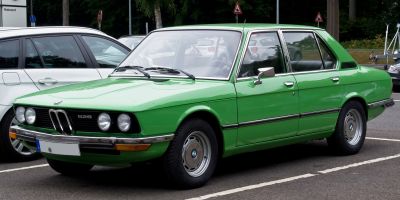
| Production: | 1972-1976 |
|---|---|
| Model Year: | 1972 |
| Length: | 4620 mm181.9 in |
| Width: | 1690 mm66.5 in |
| Height: | 1425 mm56.1 in |
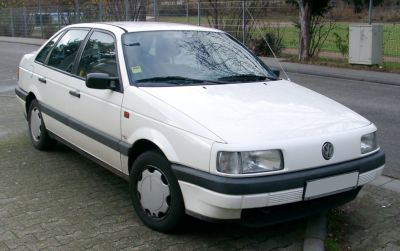
| Production: | 1988-1993 |
|---|---|
| Model Year: | 1988 |
| Length: | 4573-4595 mm180.0-180.9 in |
| Width: | 1705 mm67.1 in |
| Height: | 1428-1480 mm56.2-58.3 in |
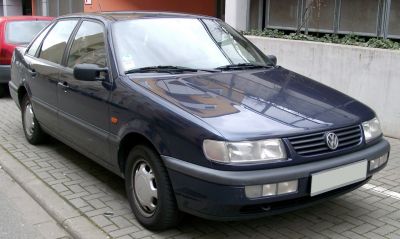
| Production: | 1993-1996 |
|---|---|
| Model Year: | 1993 |
| Length: | 4605 mm181.3 in |
| Width: | 1720 mm67.7 in |
| Height: | 1430 mm56.3 in |
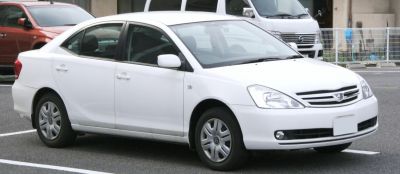
| Production: | 2001-2004 |
|---|---|
| Model Year: | 2001 |
| Length: | 4600 mm181.1 in |
| Width: | 1695 mm66.7 in |
| Height: | 1470 mm57.9 in |
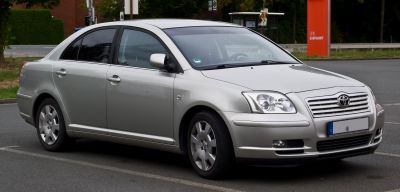
| Production: | 2003-2009 |
|---|---|
| Model Year: | 2003 |
| Length: | 4630 mm182.3 in |
| Width: | 1760 mm69.3 in |
| Height: | 1480 mm58.3 in |
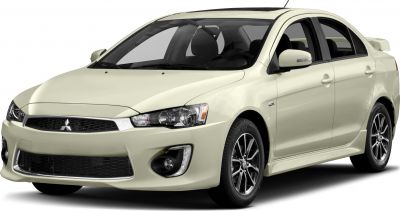
| Production: | 2015-2017 |
|---|---|
| Model Year: | 2016 |
| Length: | 4625 mm182.1 in |
| Width: | 2029-2044 mm79.9-80.5 in |
| Height: | 1480 mm58.3 in |
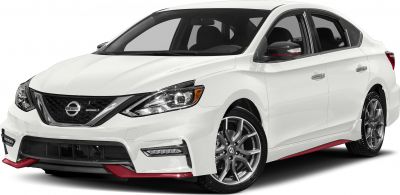
| Production: | 2016-2019 |
|---|---|
| Model Year: | 2016 |
| Length: | 4625-4663 mm182.1-183.6 in |
| Width: | 1760 mm69.3 in |
| Height: | 1499 mm59.0 in |

| Production: | 2016-2019 |
|---|---|
| Model Year: | 2016 |
| Length: | 4631 mm182.3 in |
| Width: | 1760 mm69.3 in |
| Height: | 1503 mm59.2 in |
